Is Your Business Ready For Mobile Payments?
Mobile devices have increasingly become a necessity in today’s fast-paced, Digital Age. For today’s shoppers, smartphones are more than just a device to call and text, they have become the go-to solution for the entire buyer’s journey.
Businesses have been fighting to keep up with this rapidly moving technology by offering branded mobile apps, mobile-centric marketing campaigns and more. Now, they have another hoop to jump through: mobile payments.
While we’ve long been able to perform routine banking tasks and online shopping with our devices, there’s now a push for consumers to be able to pay vendors directly through their phones, for anything from a gas station hot dog, to a new shirt, or even paying the bus fare to get home.
This means that businesses across many industries are going to be expected to deploy and offer mobile-based payments to their customers.
NFC Enabled Payments Are On The Rise
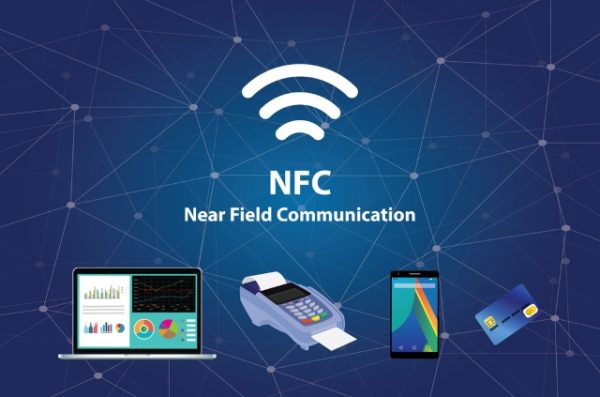
NFC, or near field communication, is the technology behind many mobile payments.
NFC, or near field communication, is the technology behind many mobile payments. It allows two devices, such as a customer’s mobile phone and a business’ mobile POS system, to communicate by simply being in close contact with one another.
Payments are made through a mobile app on the customer’s phone, such as Apple Pay, Samsung Pay or Google Wallet. NFC payments are becoming more and more popular each day. Apple estimates that their mobile payment app (Apple Pay) attracts 1 million new users each week.
Arguably, one of the driving forces behind NFC’s boom in adoption is the new EMV chips in credit and debit cards. While this technology is supposed to make transactions more secure to prevent identity theft and other forms of fraud, it takes a lot longer to check out now, which just doesn’t mesh with today’s instant-everything world.
This has opened the door for mobile payment services to take over. Not only are they much faster and more convenient, but they have their own security measures that are comparable to the EMV chips and their tight encryption
Many of the issues regarding the EMV chips are slowly starting to resolve themselves as consumers become more accustomed to inserting, instead of swiping, but the damage may already be done. While it is unlikely that mobile payments will completely take over, they are certainly here to stay.
Move From Traditional POS System To Mobile
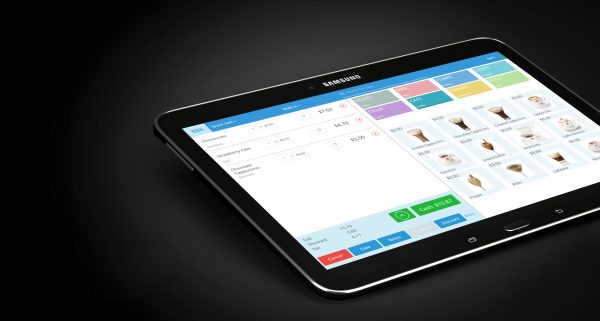
The rise in mobile payments has made it critical to begin switching to mobile POS Systems
The rise in mobile payments, particularly NFC-enabled ones, has made it critical for businesses to begin switching from clunky, non-mobile POS machines to a system that can handle and accept mobile payments. With 46% of US consumers claiming they made a mobile payment, there’s little time to wait.
Otherwise, your business could find itself lagging behind the competition and miss out on a $27.05 billion market. Failing to adapt to a mobile POS system will become especially damaging for brand relationships with millennials and Generation X-ers, who make up 72% of the consumers utilizing mobile payment technology.
The benefits of a mobile POS are not limited to simply being able to accept smartphone-based payments. These systems also speed up customer service, cost less to implement, are easier to scale, enhance the customer experience, generate more valuable consumer data, shorten queue times and more.
With mobile, you can meet customers at the door and service them directly, instead of being rooted in a fixed point behind a cash register. Most mobile POS systems use a tablet to handle transactions, which is sleeker than the traditional POS computer.
This helps create the modern, tech-inspired environment that millennials and Gen X are looking for from their favorite brands.
Mobile POS systems do a lot to make you a better business owner. By encouraging more mobile payments, you create the opportunity to learn more about your customer’s and their buying behaviors. A cash transaction is virtually anonymous; you learn nothing aside from what was purchased.
A purchase paid for with a mobile device, on the other hand, let’s you know who that person is and, over time, what they like to buy, when, how much they spend on average, etc.
Some mobile point of sale systems and payments apps even allow businesses to target customers with unique rewards and loyalty messages, which helps prompt return visits. All of this information can be used to make better decisions and foster stronger relationships with customers.
Tokenization

One way that mobile payment is being protected is through tokenization.
One of the primary concerns with mobile payments is their security. It seems like every day we’re bombarded with stories about data leaks of consumers’ personal information. While our mobile devices make our lives more convenient, they simultaneously make them less private.
We put more information out there than we ever have before. So, securing this information is a top priority, especially with regards to mobile payments because these transactions can include very sensitive information like bank account numbers.
One way that mobile payment is being protected is through tokenization. This is a data security process where sensitive information is substituted by a “token,” which has no identifying information and has to be exchanged (also referred to as ‘detokenized’) to have access to the sensitive data once more.
Essentially, it is a placeholder that protects the original information from being stolen. A hacker would only be able to get the surrogate token value and not the real account information. The detokenization process goes through many layers of authentication, which makes it very, very difficult for that hacker to redeem that token for the real data.
Biometrics
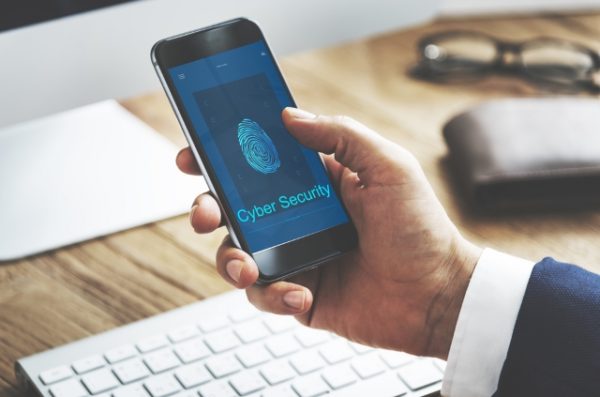
Another layer of protection to mobile and NFC transactions is biometrics.
Also adding another layer of protection to mobile and NFC transactions is biometrics. Straight out of a James Bond movie, smartphones have the ability to read the user’s fingerprint. Many people use this feature as a means to lock and unlock their phone, instead of using a password.
Soon, they may be using it to finalize purchases. Some companies are beginning to explore ways that biometrics can be used to authenticate mobile payments. Instead of providing a password or PIN number, you could use a fingerprint, an eye scan or voice recognition software to complete the transaction.
Biometrics are an incredibly powerful means of authentication because not only are they unique to you, but someone can’t steal or guess your fingerprint like they can your password.
In terms of authenticating mobile payments, this is important because if you lose your phone or it is stolen, a biometric authenticator would protect you against someone making purchases through NFC transactions, even if you were logged into your accounts.
Additionally, as we acquire more and more accounts across different apps, services, and devices that all require unique passwords, it gets harder and harder to remember which password we use for which account.
A biometric “password,” on the other hand, is always with you. So, it removes the possibility that you accidentally forget your password and are unable to access your account.
Virtual Reality

One tech-driven trend that companies can’t wait to sink their teeth into is virtual reality (VR).
Perhaps the biggest risk for businesses that fail to adopt a mobile POS solution and meet the rising need for mobile payments is that they run the added risk of missing out on future trends that are driven by this technology. One tech-driven trend that companies can’t wait to sink their teeth into is virtual reality (VR).
What was once only possible in Sci-Fi movies and TV shows is now, well, a reality. VR goggles and equipment allow the wearer to immerse themselves in a first-person experience from the safety of their couch, whether that experience is driving a racecar, summiting Mount Everest or being in a heart-pounding action scene.
As this technology gets better and more affordable (and thereby more widely used by consumers), companies are going to be offering branded VR experiences. It’s likely that the “e-tickets” to these virtual reality experiences will be sold through a mobile payment transaction.
Even if your business doesn’t have the means or any interest in producing VR experiences for customers, the fact remains that this trend and many others are going to drive up mobile payments’ popularity exponentially. To paraphrase Ferris Bueller, “Mobile technology moves pretty. If you don’t keep up with it once in awhile, you could miss it.”
Conclusions
Mobile payment options are a win-win because both customers and brands benefit. Consumers get a fast, secure and convenient payment method that utilizes their favorite devices, while businesses hasten their checkout times, learn more about their customers’ buying behaviors and energize return business.
Security has long been a worry of consumers, with regards to mobile payment, but as these payment solutions become more popular and more sophisticated, they’ll become much more secure through data security practices like biometric authentication and tokenization.
Not to mention, the clunky, take-too-long EMV chips have left the door wide open for quicker, better payment methods like Apple Pay, Google Wallet, Samsung Pay and more to stake their ground. While it might be hard to picture the world where we pay more with our smartphones than our wallets, just remember there was a time when virtual reality seemed only possible in galaxies far, far away.
Need a POS system that can process mobile payments? Get started with eHopper today!
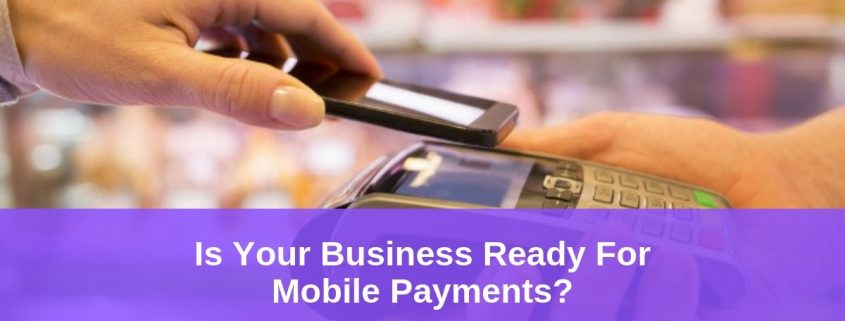







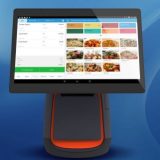
Leave a Reply
Want to join the discussion?Feel free to contribute!